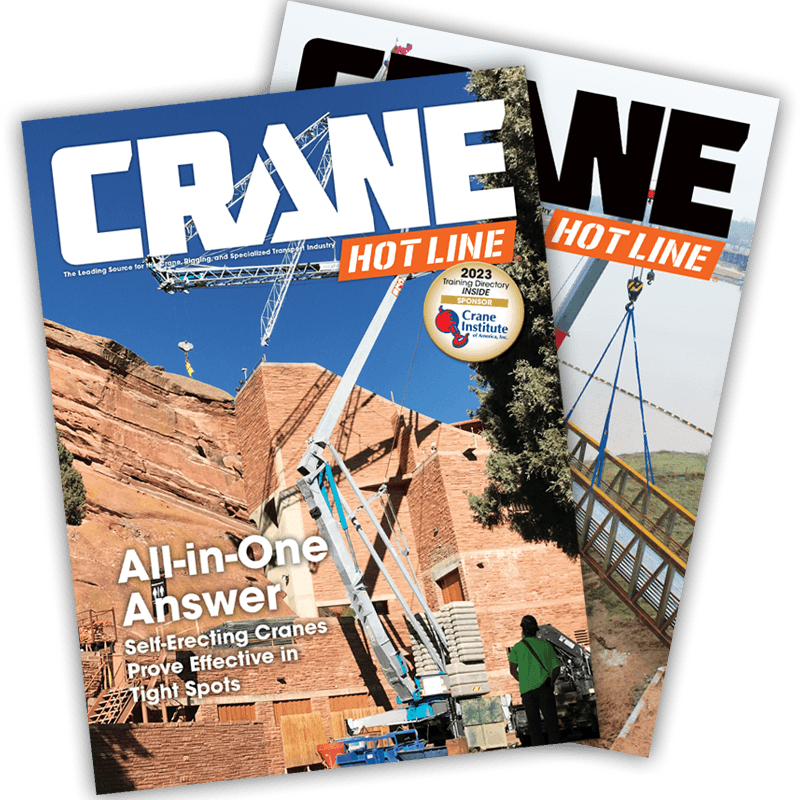Oklahoma Team Wins AEM's Construction Challenge
 |
| Enlarge Image The Link-Belt-sponsored team from Englewood, Ohio, won second place overall in the competition. |
March 18, 2008 • An
First place went to a team from
The group's teamwork during the Road Warrior challenge • with self-built “construction equipment” • impressed judges, competitors and on-lookers. Each team member won a $2,000 scholarship and a computer.
“Lots of hard work paid off,” Williams said.
“We learned time management and problem-solving skills, and we logged lots of hours after school to get ready,” said team member
“We built the whole [Road Warrior] course at school so the team could walk in feeling confident and prepared,” said Jeff Zagar, the team's manager, a technical education teacher. “We logged our hours and each team member an average of 112 hours in prep time.”
A total of seven teams won titles and prizes. The team taking
The construction industry will create more than 1 million new jobs by 2012, but currently there are not enough skilled workers to fill all the jobs. AEM, in partnership with Destination ImagiNation, Inc., initiated the Construction Challenge specifically to engage the interest of teens in careers in the industry through a hands-on, educational experience. The Construction Challenge offered a chance for students, teachers, parents and community leaders to learn more about this growing industry. They also learned about the industry's need for skilled employees to deal with infrastructure problems of crumbling bridges, overcrowded roadways and aging water and wastewater systems.
“The response that these students have gotten is better than we dreamed of when we started this project 17 months ago,” said
Construction Challenge 2008 Results:
Additional honors:
Sponsor: Ditch Witch
Additional honors:
Sponsor: Link-Belt Cranes
Additional honors:
Sponsor: Caterpillar Inc.
Additional honors:
Sponsor: Bomag
Additional honors:
Sponsor: Manitowoc Crane Group
Sponsor: Volvo Construction Equipment
Sponsor: Miller Electric Manufacturing Co.
The students competed in three challenges:
Infrastructure Dialogue (counted for 30 percent of overall): Teams researched infrastructure issues (such as drinking water systems, road and highway systems and bridges), and were randomly assigned to answer a policy-related question on one of these topics. They worked with another team to present their answers and then took questions on the topic from the panel of judges and from the audience.
Equipment & Careers (30 percent): Teams researched, designed and developed an interactive educational resource or product to help teach specific audiences about construction careers and equipment. Teams identified a target audience, designed their product, tested and revised it before traveling to the finals.


